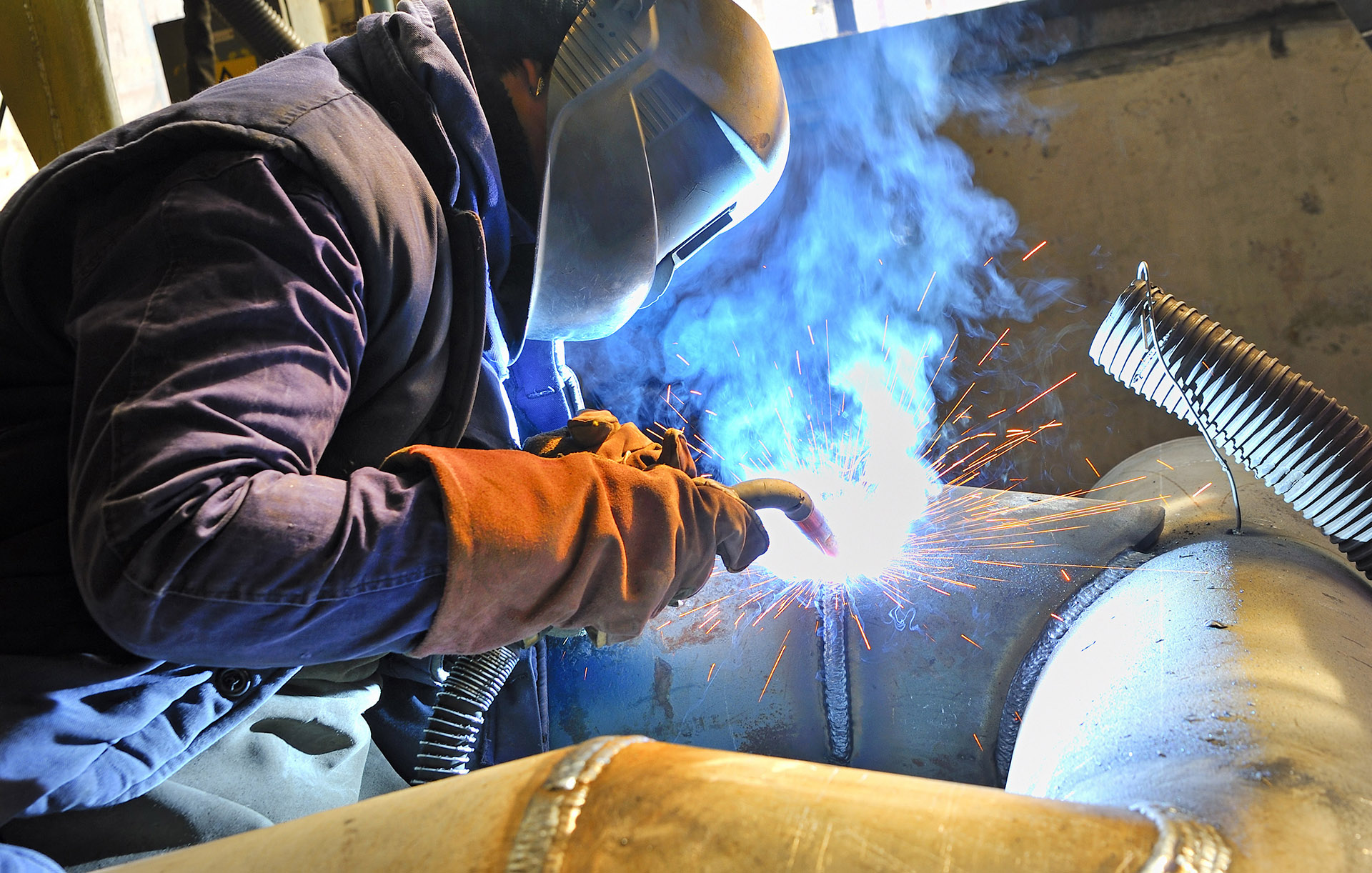Welding & Fire Safety – At Surface Mines
By: The Mine Safety Institute, Task Training

Special Safety Precautions To Prevent Fires Caused By Welding
Welding Is, In Essence, Fabricating Metal Structures With Fire.
Making sure those sparks go only where you intended is not possible,
so preventing stray sparks and slag from igniting you and your
surroundings is imperative.
Fire hazards created by welding exist both during and after welding.
From how acetylene is stored to how you clean off your clothing and
PPE after welding, there is still the potential for ignition, combustion
and explosion.
Welding Fire Safety Tips

IGNITING YOURSELF
- Wear heavy, layered clothing. Thin clothing burns faster.
- No cuffed pant legs or sleeves. Sparks can get caught in them.
- Don’t dust yourself off with air. Oxygen can ignite embers on your clothing.
- Don’t wear, or keep in your pockets, anything metallic or combustible.
- Wear required PPE and keep it clean from grease and chemicals.

WELDING ENVIRONMENTS
- Before welding, find a properly rated and fully charged fire extinguisher.
- Before welding, clear away any items or debris in the area that might ignite.
- When welding near dry vegetation, fire watch during and after welding.
- Put up a fire screen or other barrier to restrict how far sparks and slag travel.
- Indoor welding areas should be well ventilated.

ACETYLENE TORCHES
- Acetylene is a highly unstable gas that can ignite when exposed to too much
pressure or heat. - Tanks should be stored and transported upright. If transported on their side, keep them vertical for as long as they were horizontal before using them.
- Never use near rooms containing flammable materials.
- Vent any gasses or bad air out of a room prior to using.

